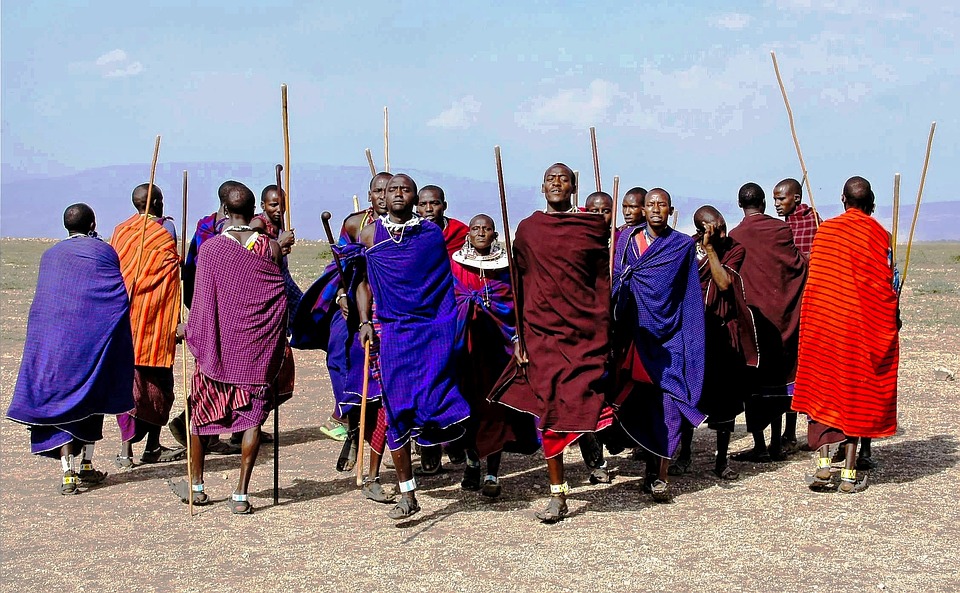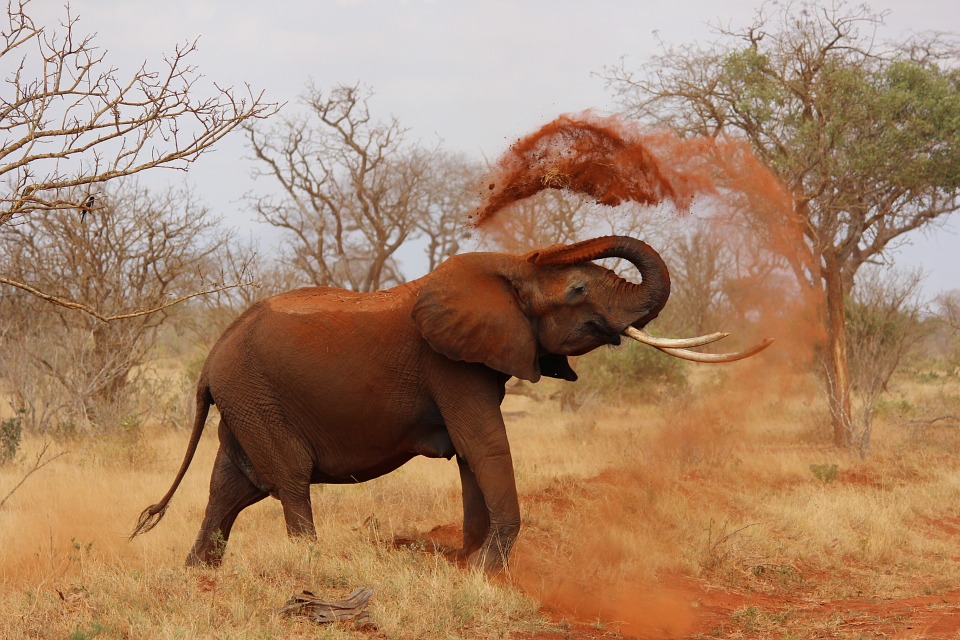Optional Activities include;
1. Nairobi National Museum.
The Museum aims to interpret Kenya’s rich heritage and offers a one stop for visitors to sample the country’s rich heritage both for education and leisure. In addition to the museum, visitors are treated to a variety of shopping and dining facilities, as well as botanical gardens that offer a serene environment.
Next to the Museum there is also a snake park.
2. David Sheldrick Wildlife Trust
Born from one family’s passion for Kenya and its wilderness, the David Sheldrick Wildlife Trust is today the most successful orphan-elephant rescue and rehabilitation program in the world and one of the pioneering conservation organisations for wildlife and habitat protection in East Africa.
Founded in 1977 by Dr. Dame Daphne Sheldrick D.B.E, in honour of the memory of her late husband, famous naturalist and founding Warden of Tsavo East National Park, David Leslie William Sheldrick MBE, the DSWT claims a rich and deeply rooted family history in wildlife and conservation.
You will participate in the feeding and playing with the orphaned elephants.
3. Bomas of Kenya.
Bomas of Kenya is a cultural tour of Kenya’s major ethnic groups, such as Mijikenda, Luo, Taita, Embu, Maasai, Kikuyu, Kamba, Kalenjin, Luhya, Kisii, Kuria to name just a few of the native peoples that are represented at the venue. The word “boma” means “homestead”, and here you find replicates of traditional villages that provide interesting insight about each tribe’s societal structure, crafts, music, dancing and much more. The site was founded in 1971 by the Kenya Tourist Development Corporation to preserve the ancient traditions of the Kenyan people by building local and international awareness and advocacy. The bomas are built using the same techniques that are used by local tribes, so the experience is truly authentic, much as you would find in the remote communities of Kenya. The site is also home to an impressive auditorium, one of largest in Africa that seats 3,500 people to watch the internationally recognized Harambe dancers. Daily performances include a selection of more than 30 traditional dances of the different ethnic groups in Kenya, and one of the most impressive performances is the Samburu and Maasai warriors. Hosted events may also include music, theater, fashion show, poetry readings, sports, seminars and many other activities. Bomas of Kenya is located less than 7 miles (12 kilometers) from Nairobi’s city center
More Optional activities include:
The Kazuri Beads
Creating Hope and Opportunity from the Earth of Africa
Situated on what was once a part of Karen von Blixen’s coffee plantation there is now a small workshop where ceramic jewelry and beads are made by Kenyan women. It is painstaking work. Many of the beads and necklace components are tiny. Each one has to be shaped carefully, polished, fired, painted and fired again. The result is KAZURI, the Swahili word for “small and beautiful.”
Nairobi Mamba Village
Mamba Village Nairobi Crocodile Farm Day Tour takes you to the Mamba Village Nairobi situated an estimated 13 kilometers away from Kenya’s capital city – off the Lang’ata – Karen road. This is a great place to see crocodiles, ostriches, giraffes, and even rabbits in Nairobi.
Located on Karen Road, just a few metres from Galleria Shopping Mall, the resort is a perfect getaway especially for guests who are bound to enjoy the boat rides, viewing the crocodiles, feeding the ostriches and other various activities. Another interesting activity is the camel and horse ride.
You will enjoy a guided tour around the man-made lake where the boat rides occur. You can also feed the few giraffes within the village.
Mamba Village Nairobi has several restaurants and bandas for a tasty meals and refreshments. They also have excellent conference facilities. The well maintained gardens are exquisite for weddings, graduation parties, photo shoots and team buildings.
Other Optional Activities include but not limited to, Westgate Mall which was attacked by terrorists in 2013 but has since re-opened under tight security, City tour that takes you through the Nairobi’s major and historical sites, eg the 7th Aug. Memorial Park where the US embassy was located until 1998 when it was bombed by the Alkaida terrorists group, The Kenyatta International Convention Center, The Stanley Hotel which was among the first hotels to be build in Nairobi in the early 1900s
The Nairobi Aboretum, Uhuru Park, shopping malls among others.
Optional Carnivore Dinner
The award-winning, internationally renowned Carnivore restaurant needs little introduction! Situated in the grounds of the Misty Hills Country Hotel, Conference Centre & Spa, The Carnivore celebrates its 25th anniversary this year and continues to provide Africa’s Greatest Eating Experience.
A cornerstone of the Recreation Africa Group, the Carnivore Johannesburg is a franchise of the iconic original Carnivore Restaurant in Nairobi Kenya. The Carnivore Johannesburg has been the recipient of many prestigious awards, including Best Traditional Restaurant, Best Restaurant to Take Tourists To, Restaurant of the Month and runner-up Restaurant of the Year.
All you can Eat!
In the twenty five years since it first opened its doors, thousands of local and international visitors have savoured The Carnivore’s unique ‘all you can eat’ dining concept. With delectable game and domestic meat dishes* to choose from and an extensive wine cellar (which features a superb selection of well-known South African wines to complement your meal), you’ll enjoy an unforgettable dining experience.
With a seating capacity of up to 500 diners, Carnivore is the gastronomic destination of choice for local residents, tourists, conferences, corporate events, weddings, banquets and more.
*Vegetarian and fish dishes are also available.
Later you will be transferred to the airport for onward flight.




